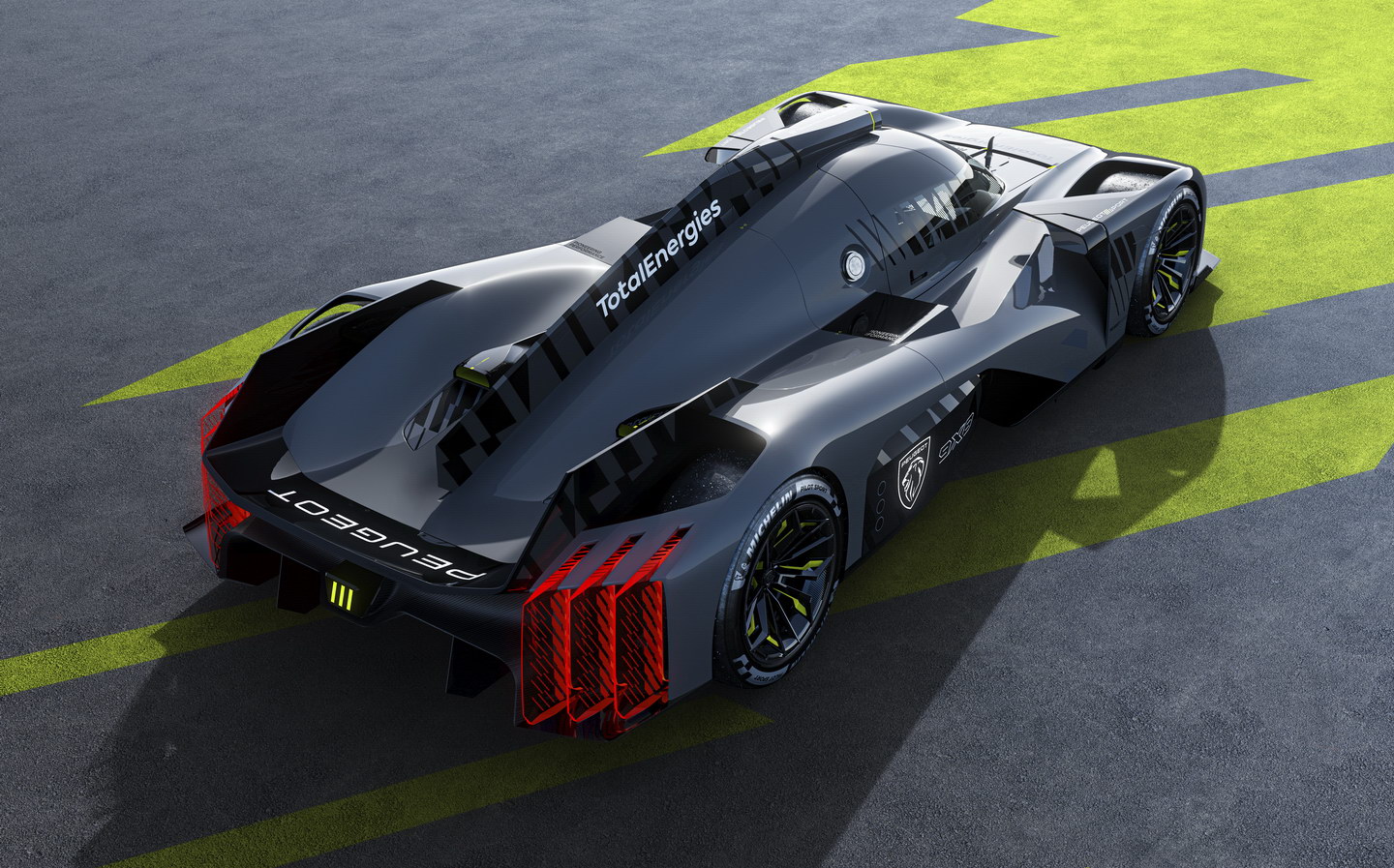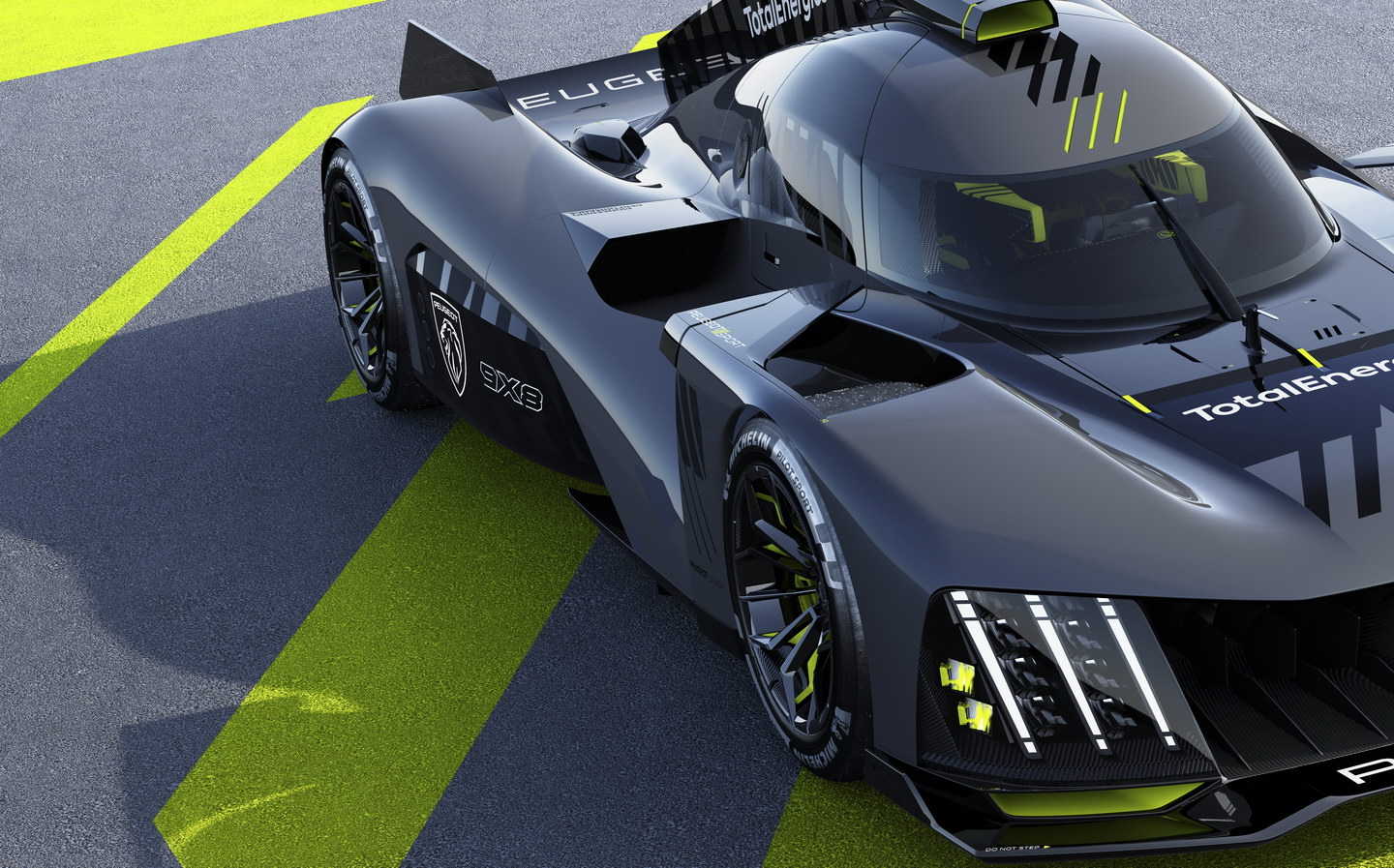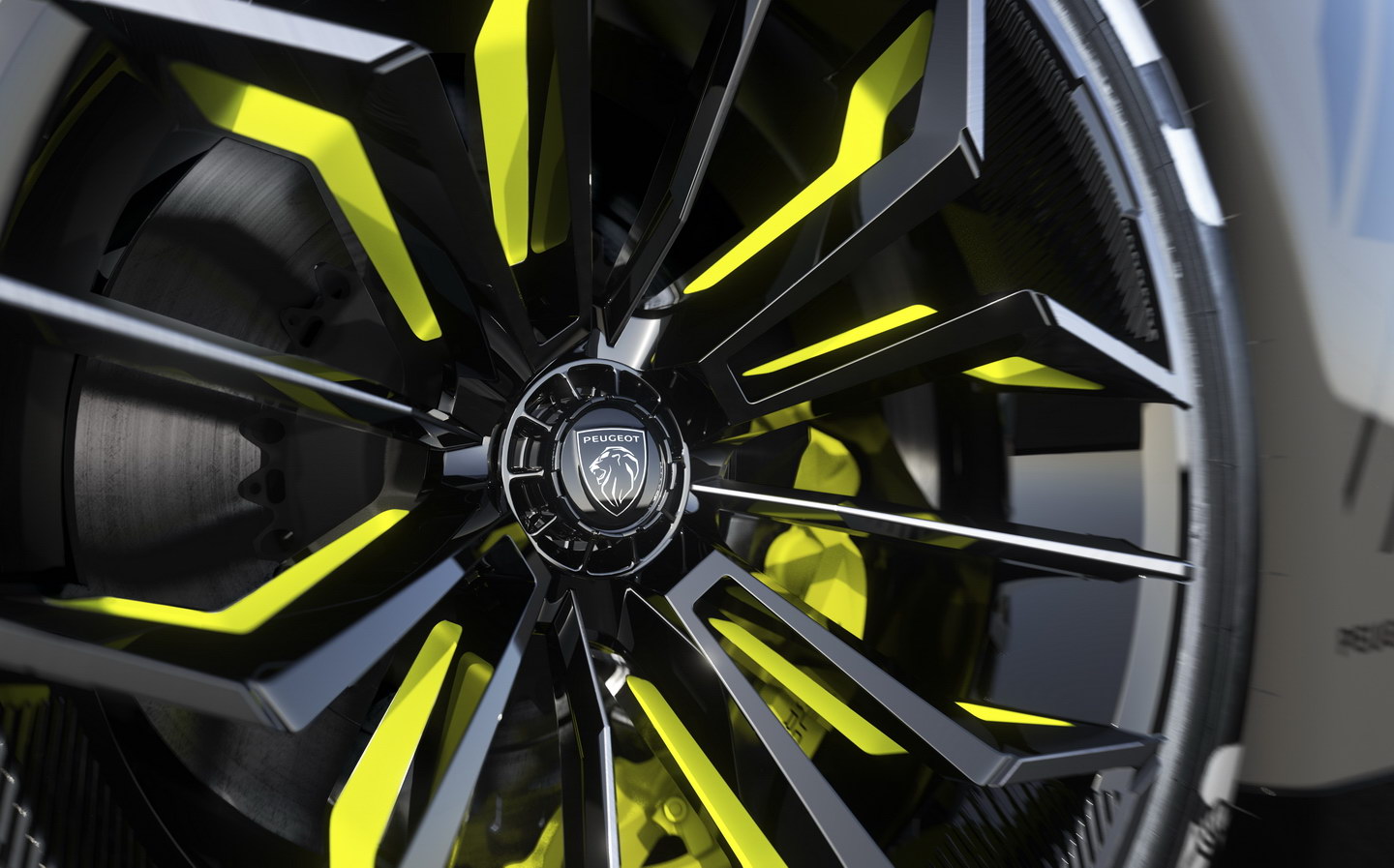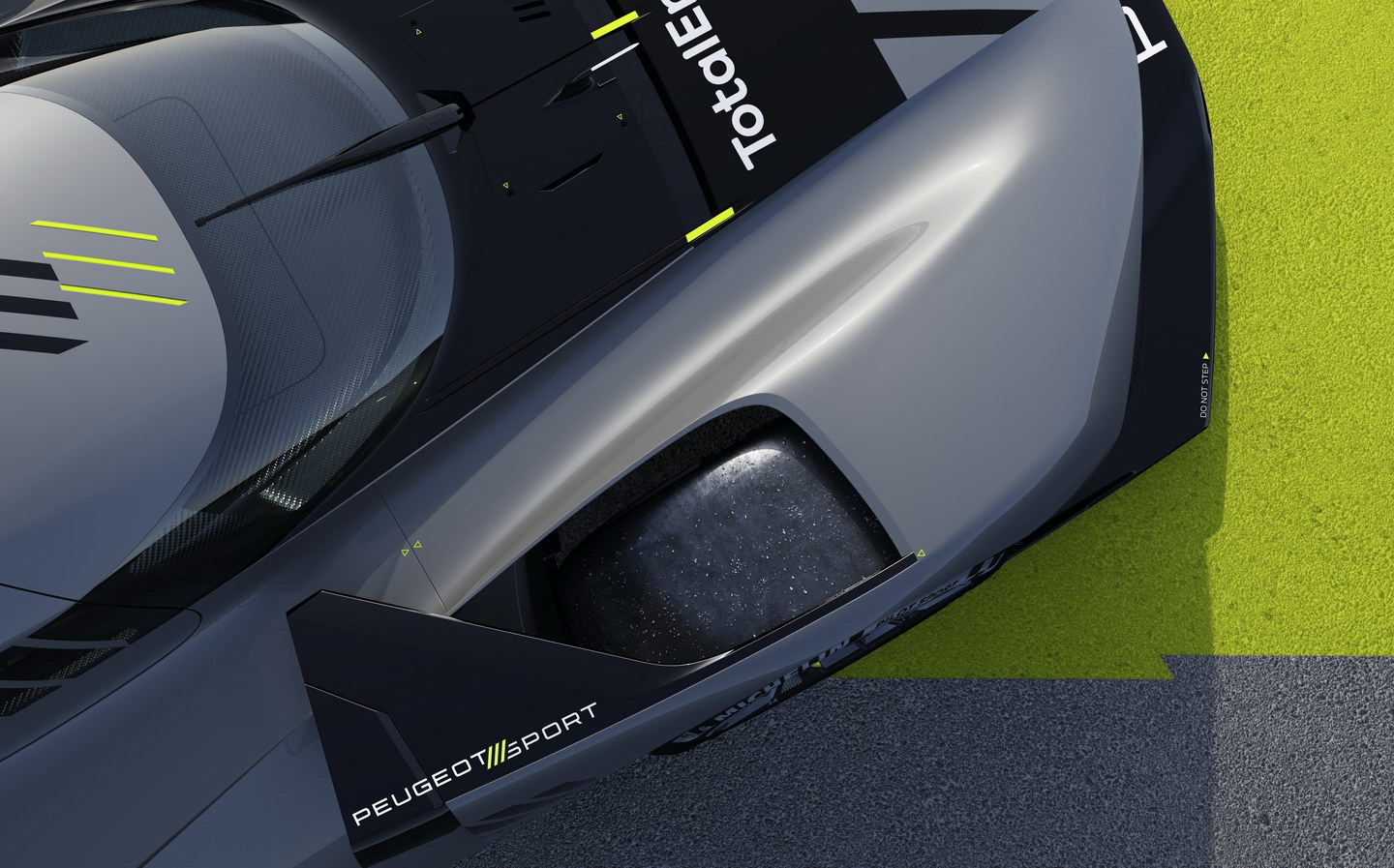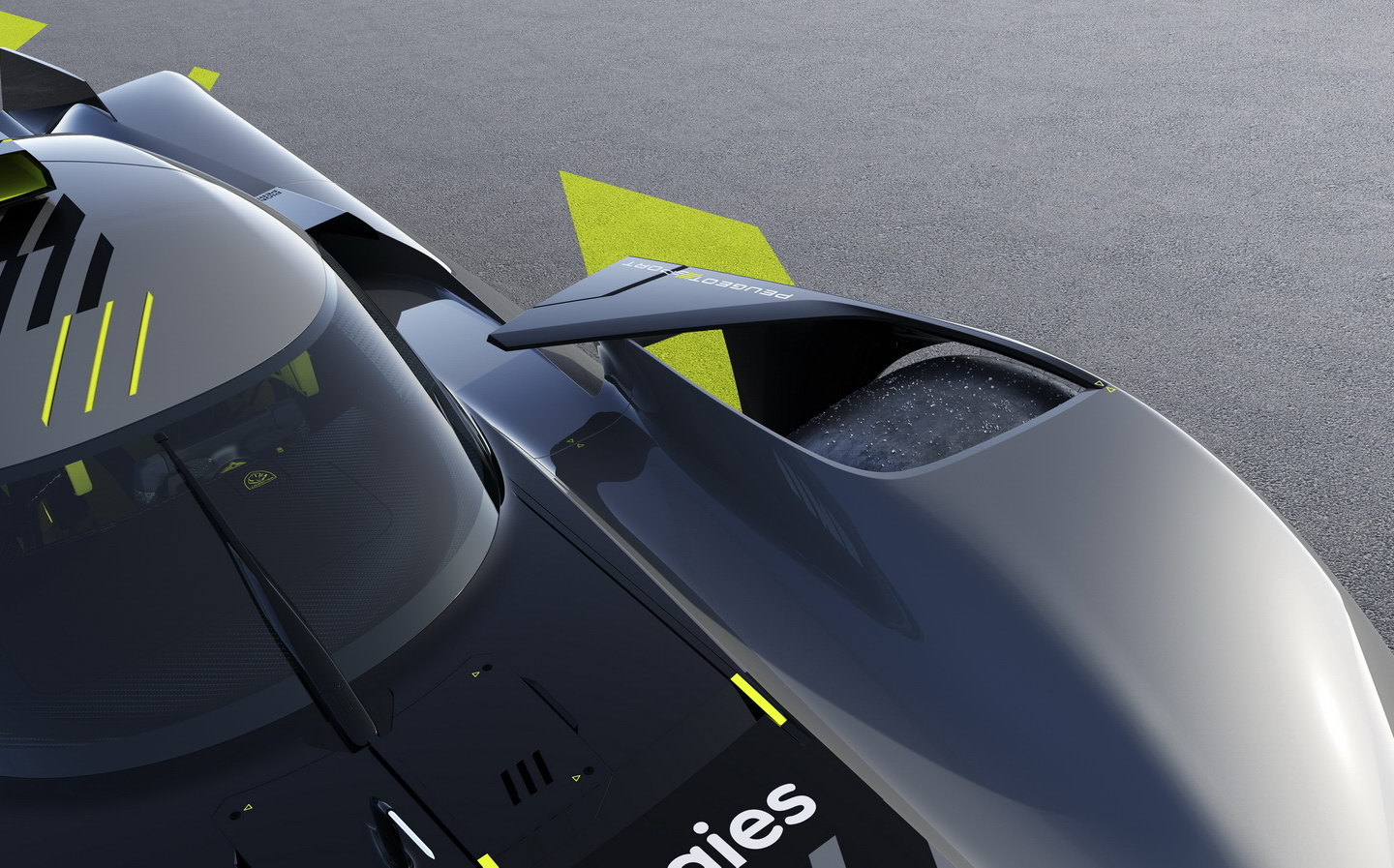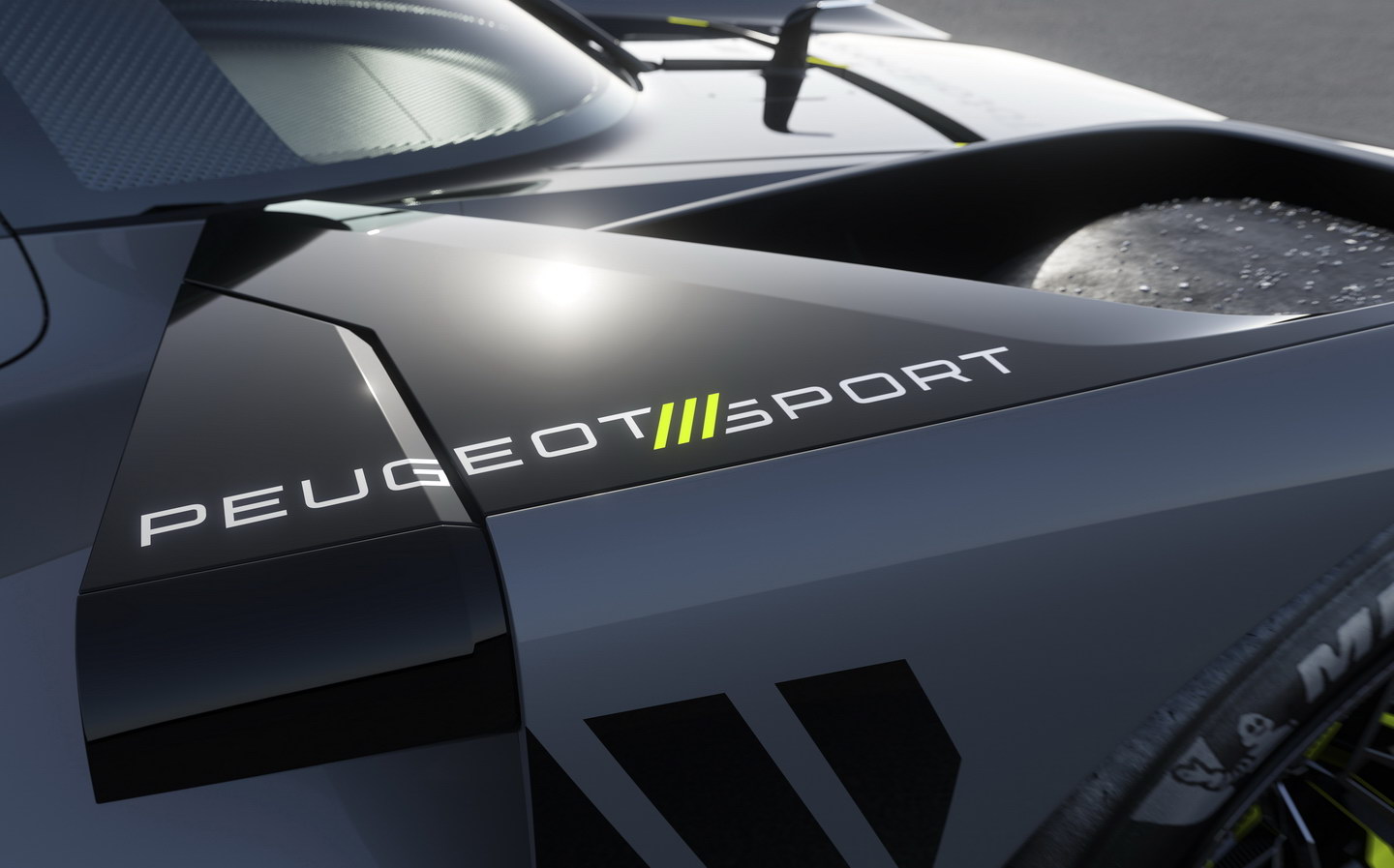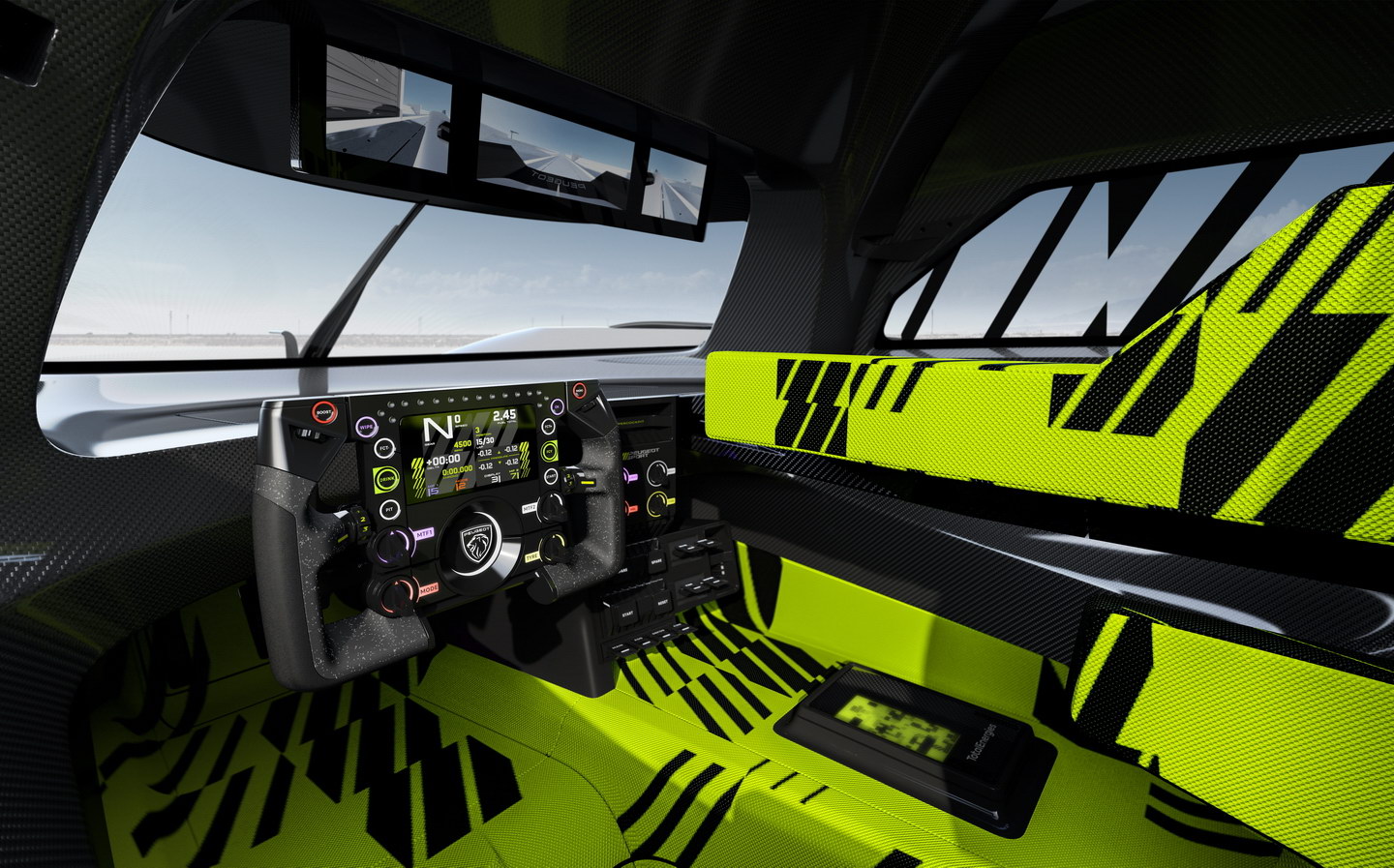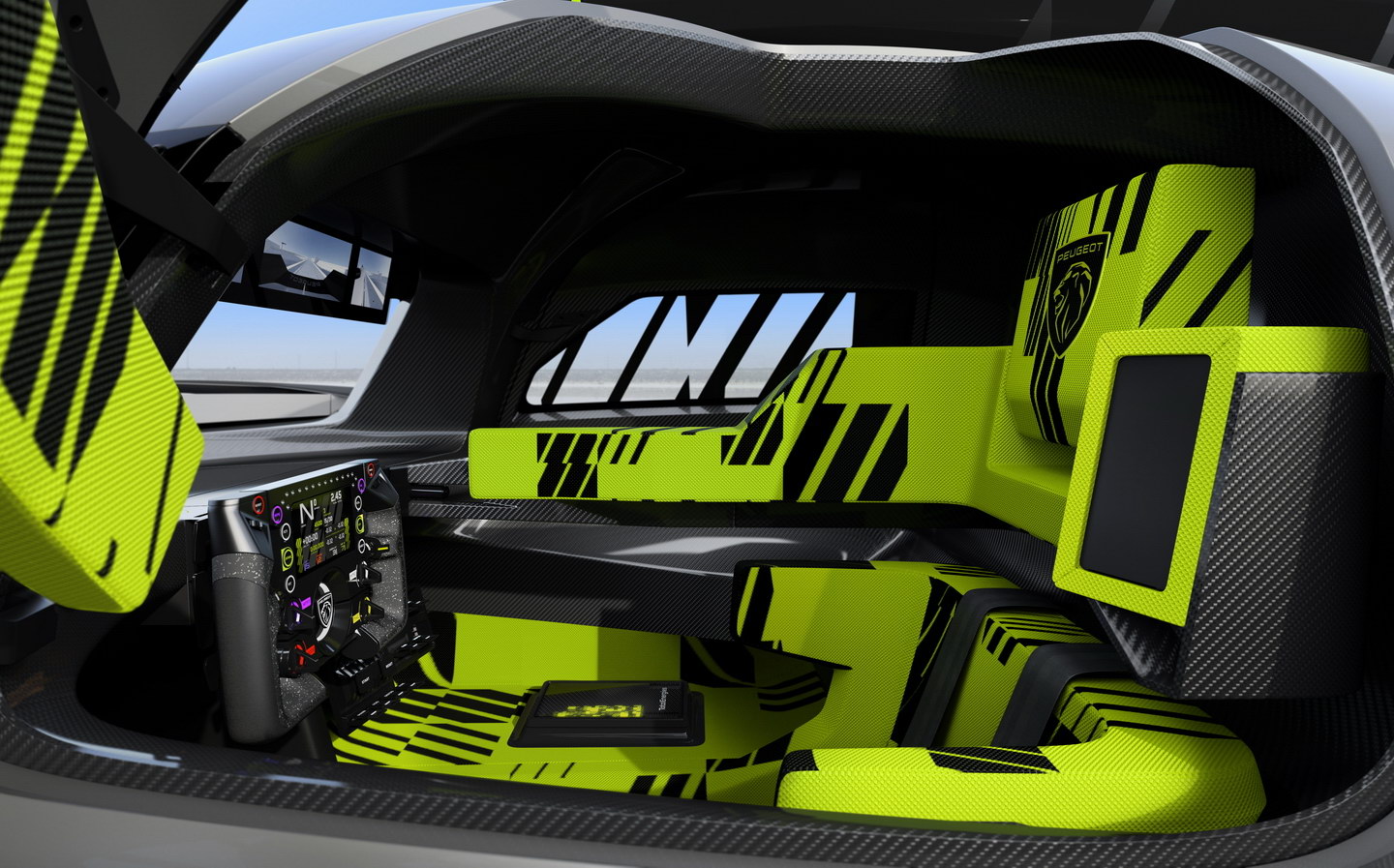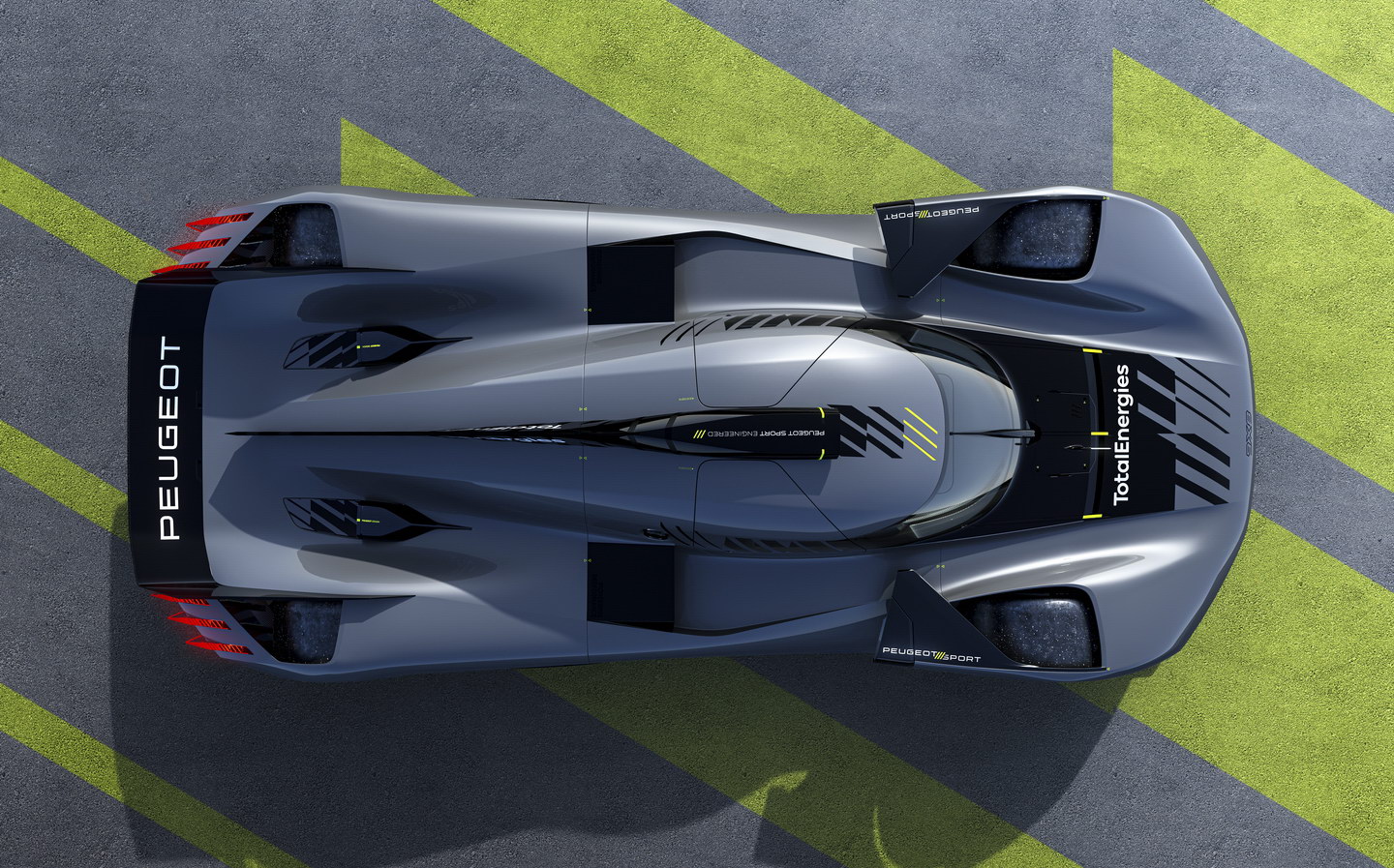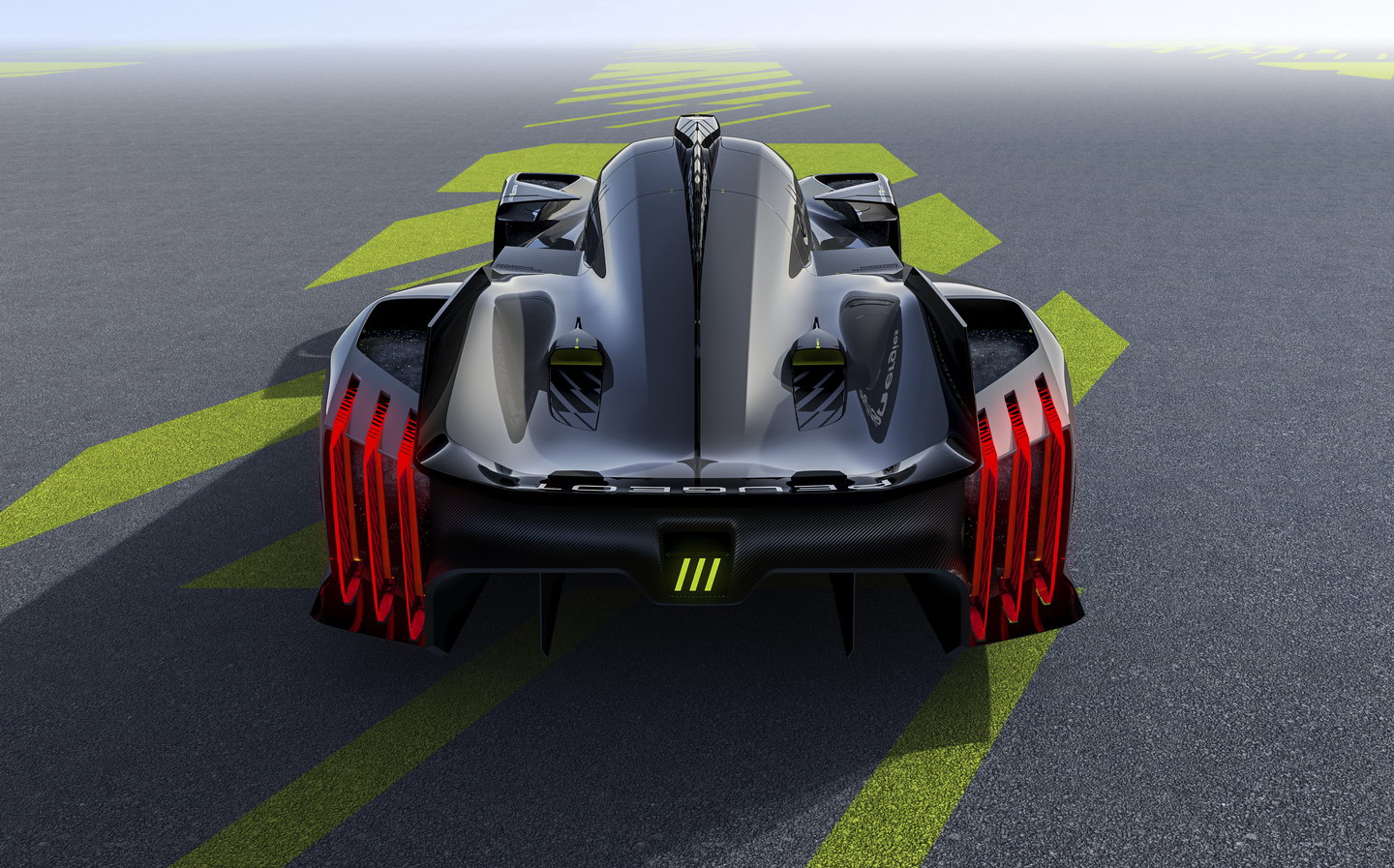2022 Peugeot 9X8 hypercar racer comes with spectacular design and hybrid tech
Radical Le Mans racer does without massive rear wing
PEUGEOT has taken the wraps off its radical new 9X8 hybrid racing car, set to compete with Audi, Ferrari, Porsche and Toyota for the top spot at the Le Mans 24 Hours 2022.
The Peugeot 9X8 has been designed to the new World Endurance Championship Hypercar rules, and Peugeot is aiming for its fourth-ever overall victory at the gruelling Le Mans event next year.
Hypercar regulations have been devised to encourage creativity and innovation in the design of racing cars, while attempting to provide a level playing field in terms of racing and cost.
The rules include limits on aerodynamic downforce, car size and maximum power, and there’s a proactive Balance of Performance strategy to ensure close racing.
Hybrid racers such as the new Peugeot 9X8 use a powerful electric motor that turns the front wheels, but that can only be used up to a speed of 75mph in normal racing conditions.
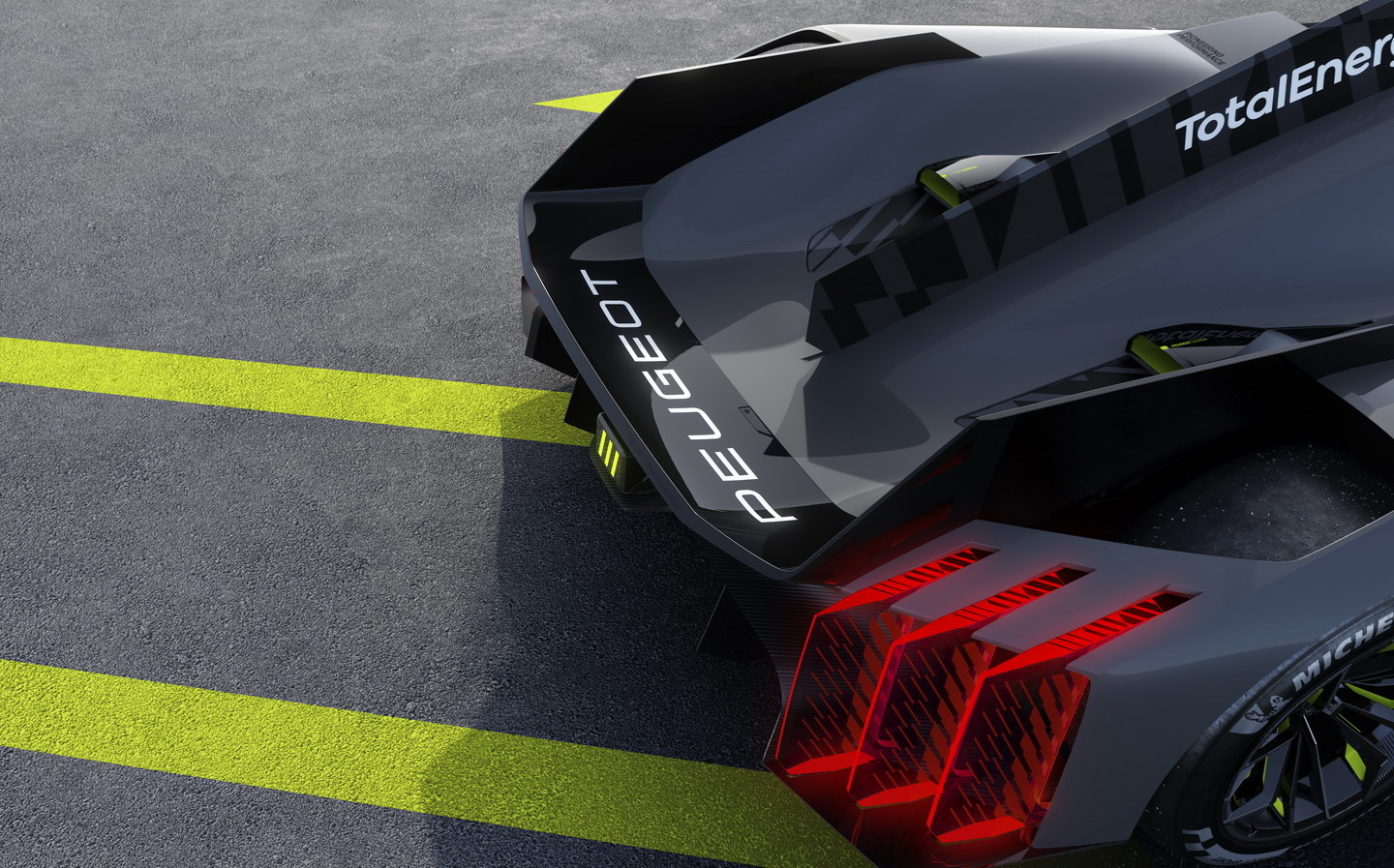
Meanwhile there’s a bespoke twin-turbocharged 2.6-litre V6 petrol engine mounted behind the driver’s cabin. That makes up to 671bhp and turns the rear wheels through a seven-speed sequential racing transmission.
Peugeot labels the 9X8’s system “Hybrid4” as used in its road cars, though it uses energy regeneration during braking to charge up an advanced 900-volt battery pack. There isn’t time during a race to plug it in, obviously.
The front-mounted electric motor can produce up to 268bhp, which theoretically means a maximum total output of 957bhp, but the Hypercar rules stipulate a maximum of 671bhp, so the Peugeot’s electronic brain will automatically juggle the two to keep within that limit.
Thanks to the restrictions on aerodynamics, Peugeot has done away from the traditional large rear wing completely, giving the 9X8 a unique appearance that looks more like a road-going supercar than a pure racer.
Peugeot has also used the opportunity to embellish the WEC racing car with styling cues from its current line-up, such as the distinctive claw mark lights front and rear. The racer also features the recently redesigned Peugeot logo.
While some manufacturers plan to offer buyers showroom versions of their racing hypercars, Peugeot has stated that is not the case with the 9X8. Instead, it refers to it as an “extreme laboratory” to explore hybrid and electric technology for its future road cars.
Most Le Mans racers have purely functional cabins that look indistinguishable from any other, but Peugeot’s design team was tasked with styling the 9X8’s – and it echoes the eye-catching colour scheme of the exterior.
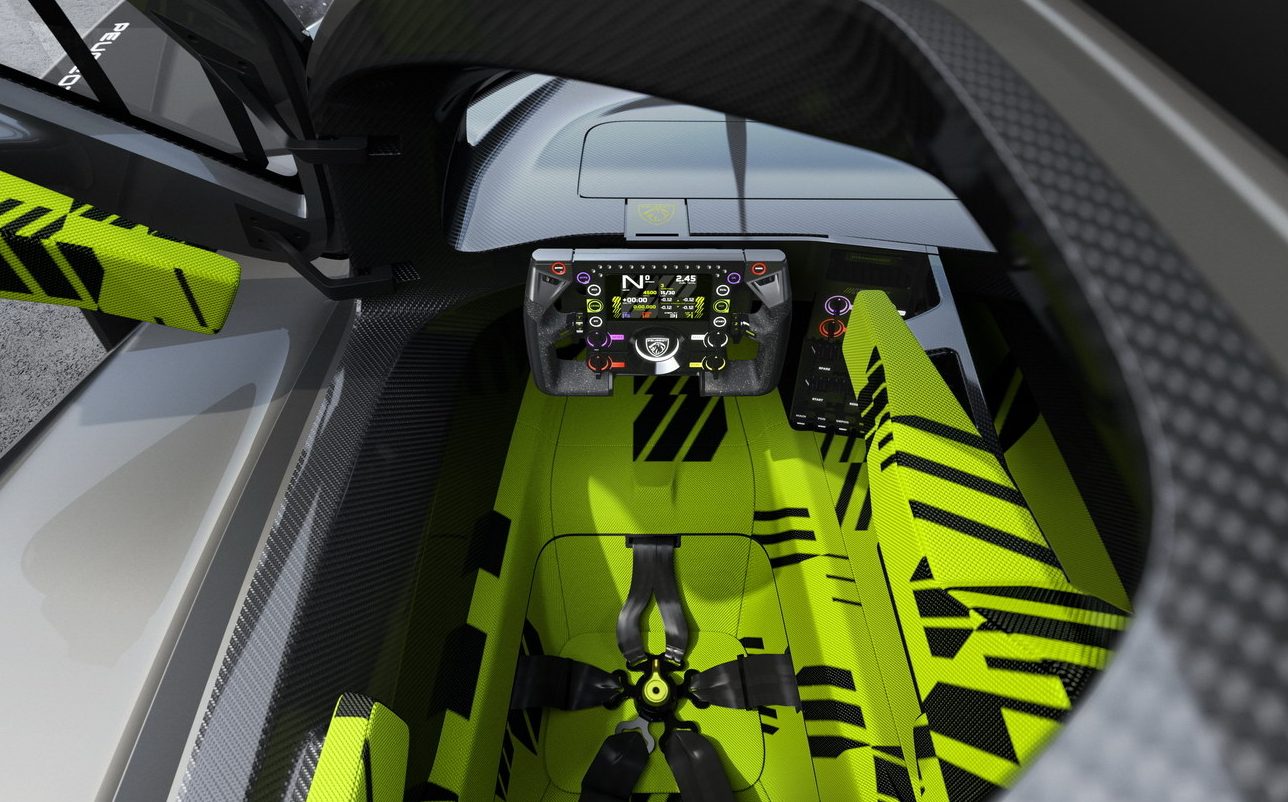
A high-tech motor sport steering wheel allows the racing driver to alter a myriad of sub-systems, while keeping an eye on lap times and the status of the hybrid powertrain. A suite of external cameras feed high-mounted display screens, supplementing the cleverly integrated side mirrors.
Peugeot won Le Mans in 1992 and 1993 with the 905 racer, and again in 2009 with the 908. The new 9X8 is expected to debut at the first race of the 2022 World Endurance Championship in spring ahead of the 24 Hours of Le Mans in the summer.
Tweet to @Shane_O_D Follow @Shane_O_D
- After reading about the new Peugeot 9X8 Le Mans racer, you might be interested to read more about the new hybrid hypercars
- Also check out our review of the Le Mans ’66 (Ford v Ferrari) film
- Jeremy Clarkson was not very impressed with the Peugeot e-208 electric car


